|
Why do we do what we do at weddings? No, we're not talking about the embarrassing speeches from your college roommate formally known as Drunkles McGee ... or why we take the centerpieces or why we do the Chicken Dance. You're on your own there. But it is fun to consider in this post-modern age, so we thought we would delve into the various legends and lore around certain wedding activities and traditions we do sometimes without knowing why. Since this is numero uno in this series, we're starting with the more familiar and basic. [Because these are legends and lore, by definition we cannot guarantee it historically, nor do we care to. What's more fun is to share what we found.] Why does the bride stand to the left of the groom at the altar? You can do whatever you like in 2018, but back during the 5th century until around 1066, Anglo-Saxon grooms often had to defend their brides (and others) during the ceremony. Having your girl to your left allowed your fighting arm - always the right - to be free in case you needed to draw your sword. Handy. 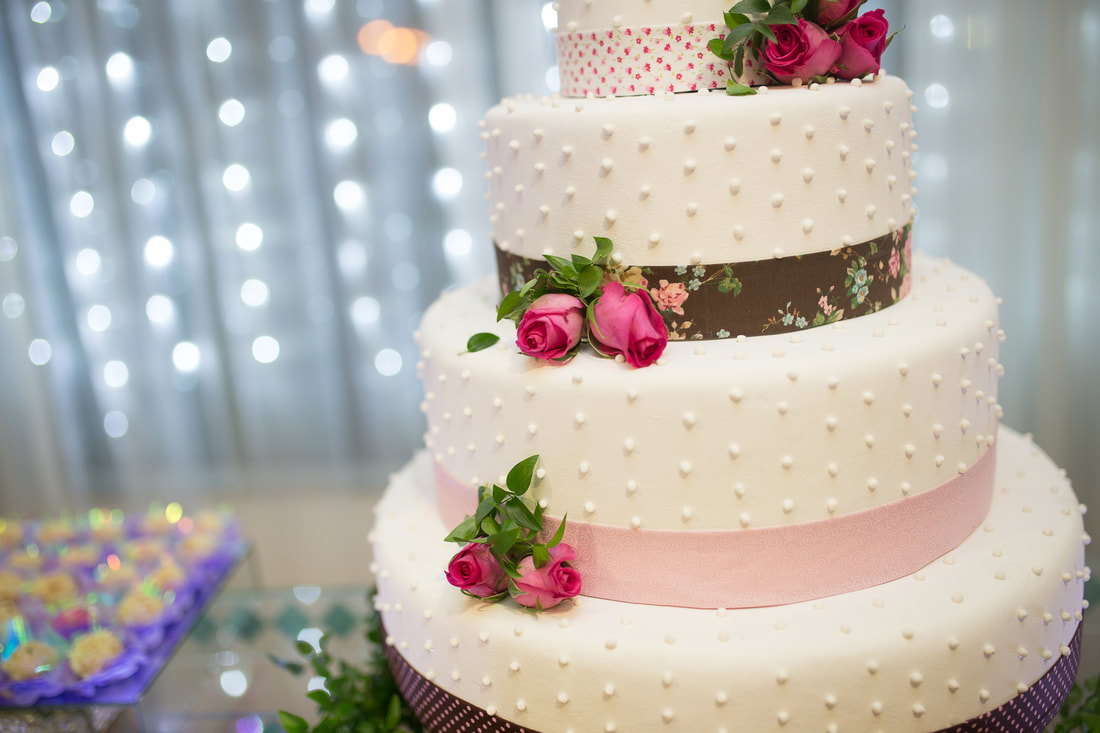 photo credit: Ana Paula Lima photo credit: Ana Paula Lima Bouquets and Baking! Seems sort of obvious. The bride needs something to do with her hands walking down the aisle and any celebration calls for sweets. But why the bouquet of flowers instead of her walking with a box of gold toward her man? And why a tiered cake instead of a mountain of cornbread muffins? Brides began holding a bouquet of flowers because they symbolized fertility. Spring herbs and flowers were a way of saying "here's to a growing and prosperous family." Over time, fruits were added to really drive the point home. Some brides carried herbs and spices to ward off evil spirits. These days, they tend to be more romantic and symbolize a bride's favorite flower or what's seasonal. The tiered cake? This origin is deeply cool, because it really does point to community and celebration. After all, a wedding is about joining families, but it's also about surrounding the beginning of a new alliance with love and support. As with the altar arrangement of bride on the left and groom on the right, the tiered cake came into existence during Anglo-Saxon times. Wedding guests would bring cakes to the wedding to share. [In the South, this is lovingly referred to as "pot luck."] For space, cakes would be stacked with the largest on the bottom and the littlest at the top, creating a graduating effect. Years later, a Frenchman (they are our classic model for baking) took the concept of stacking and created a cake in that arrangement and then iced them all together into one dessert. And finally - Why does the bride wear white? Our minds go immediately to white as a symbol virginal purity to describe the bride. Wellllllllll, sources tell us that we have Britain's Queen Victoria to thank. Before her marriage to Prince Albert, women wore colorful dresses to their weddings. This amazing monarch was an independent thinker and a trend-setter, however, and chose a ball gown in all white and brides everywhere took notice. She thought white would show off all the lace she'd chosen to give the lace-makers in England an economic bump. And it stuck. For more interesting factoids about bridal traditions - stay tuned! We're loving the historical digging and we're just getting started.
0 Comments
Your comment will be posted after it is approved.
Leave a Reply. |
Archives
July 2024
|

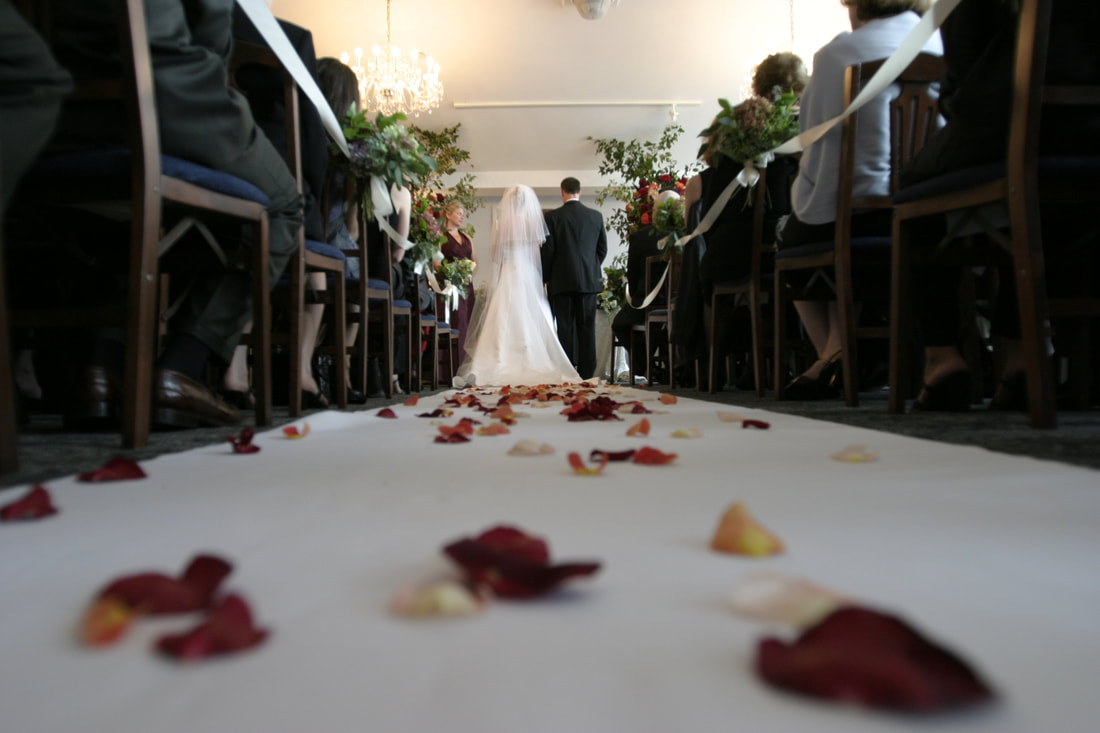
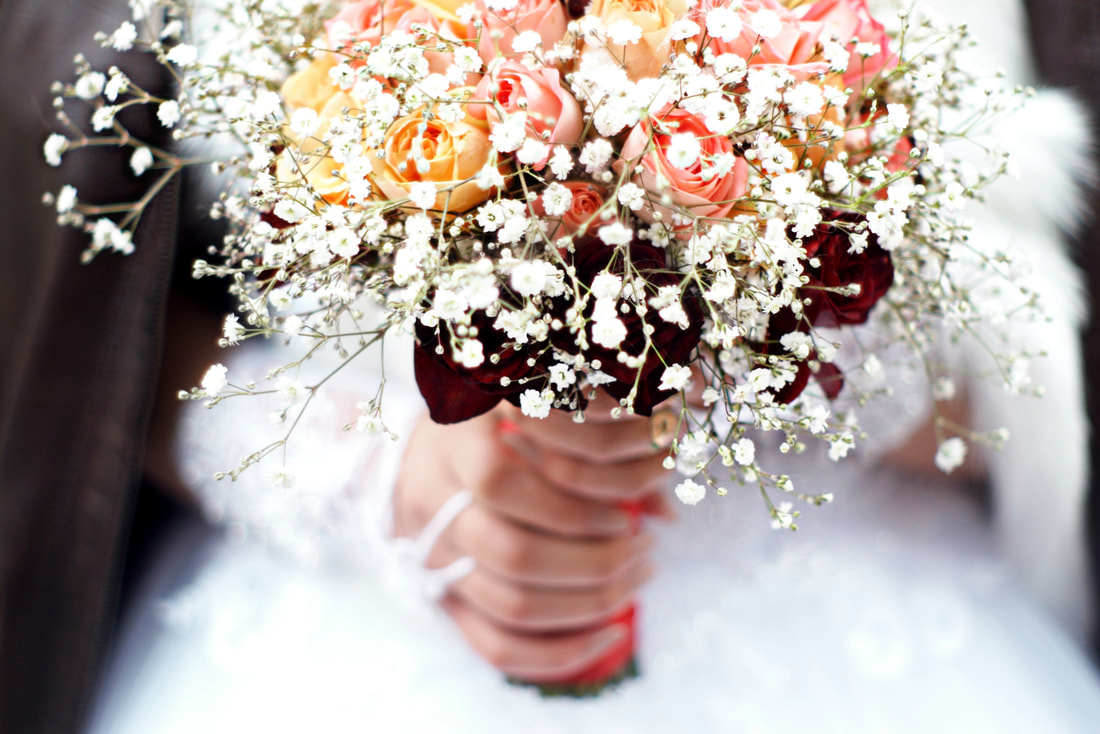
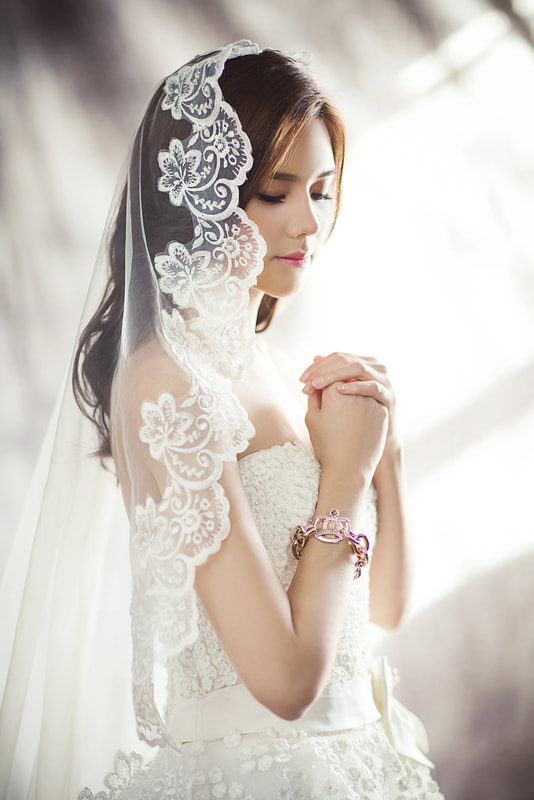
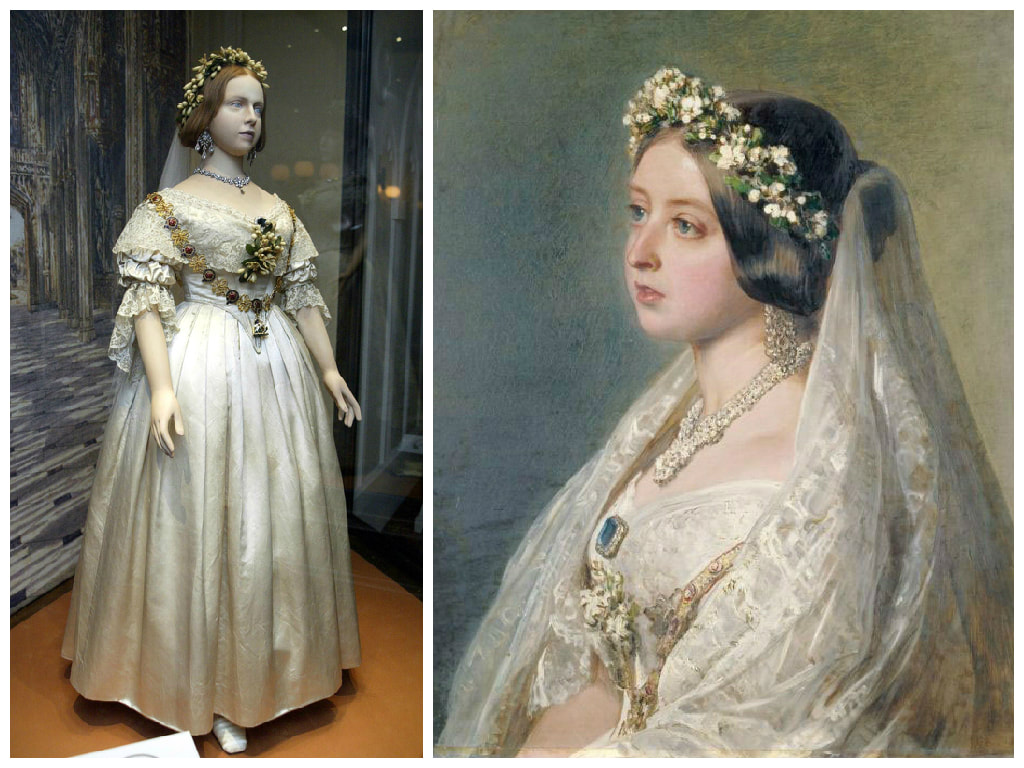
 RSS Feed
RSS Feed
